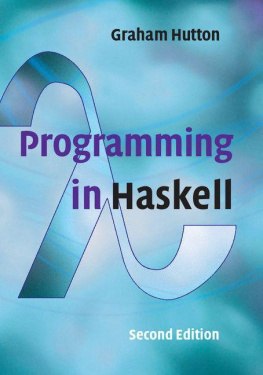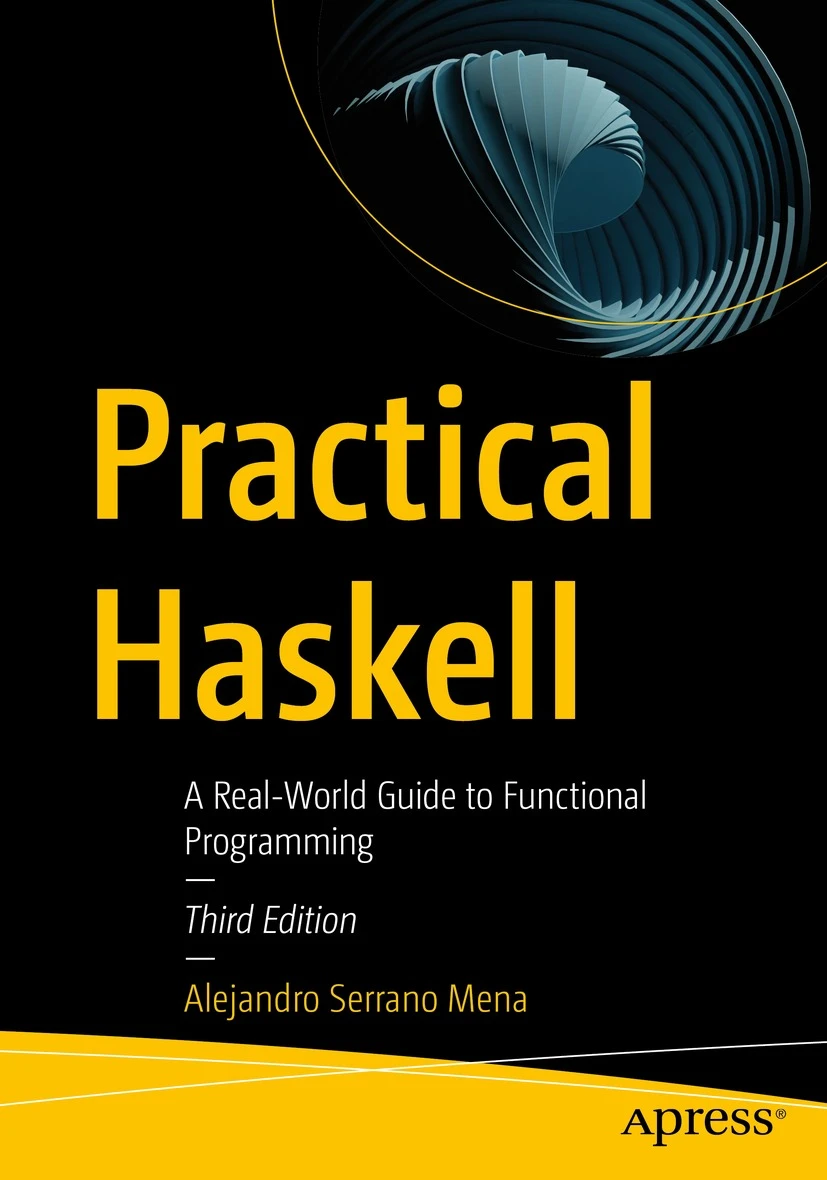Alejandro Serrano Mena - Practical Haskell: A Real-World Guide to Functional Programming
Here you can read online Alejandro Serrano Mena - Practical Haskell: A Real-World Guide to Functional Programming full text of the book (entire story) in english for free. Download pdf and epub, get meaning, cover and reviews about this ebook. year: 2022, publisher: Apress, genre: Home and family. Description of the work, (preface) as well as reviews are available. Best literature library LitArk.com created for fans of good reading and offers a wide selection of genres:
Romance novel
Science fiction
Adventure
Detective
Science
History
Home and family
Prose
Art
Politics
Computer
Non-fiction
Religion
Business
Children
Humor
Choose a favorite category and find really read worthwhile books. Enjoy immersion in the world of imagination, feel the emotions of the characters or learn something new for yourself, make an fascinating discovery.
- Book:Practical Haskell: A Real-World Guide to Functional Programming
- Author:
- Publisher:Apress
- Genre:
- Year:2022
- Rating:3 / 5
- Favourites:Add to favourites
- Your mark:
Practical Haskell: A Real-World Guide to Functional Programming: summary, description and annotation
We offer to read an annotation, description, summary or preface (depends on what the author of the book "Practical Haskell: A Real-World Guide to Functional Programming" wrote himself). If you haven't found the necessary information about the book — write in the comments, we will try to find it.
Get a practical, hands-on introduction to the Haskell language, its libraries and environment, and to the functional programming paradigm that is fast growing in importance in the software industry. This updated edition includes more modern treatment of Haskells web framework and APIs.
This book contains excellent coverage of the Haskell ecosystem and supporting tools, including Cabal and Stack for managing projects, HUnit and QuickCheck for software testing, WAI and Elm to develop the back end and front end of web applications, Persistent and Esqueleto for database access, and parallel and distributed programming libraries.
Youll see how functional programming is gathering momentum, allowing you to express yourself in a more concise way, reducing boilerplate, and increasing the safety of your code. Haskell is an elegant and noise-free pure functional language with a long history, having a huge number of library contributors and an active community.
This makes Haskell the best tool for both learning and applying functional programming, and Practical Haskell, Third Edition takes advantage of this to show off the language and what it can do. Free source code available on the Apress GitHub page for this book.
What You Will Learn
- Get started programming with Haskell
- Examine the different parts of the language
- Gain an overview of the most important libraries and tools in the Haskell ecosystem
- Apply functional patterns in real-world scenarios
- Understand monads and monad transformers
- Proficiently use laziness and resource management
Who This Book Is For
Experienced programmers who may be new to the Haskell programming language. However, some prior exposure to Haskell is recommended.
Alejandro Serrano Mena: author's other books
Who wrote Practical Haskell: A Real-World Guide to Functional Programming? Find out the surname, the name of the author of the book and a list of all author's works by series.


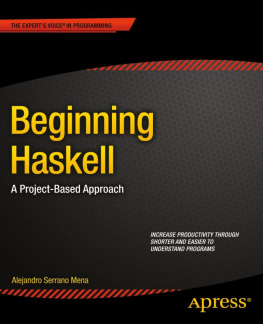

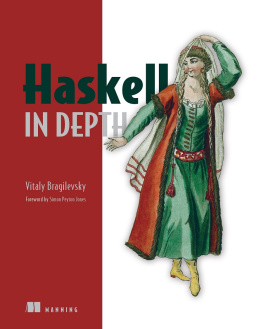
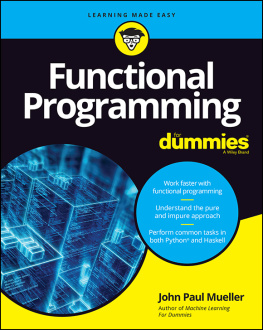
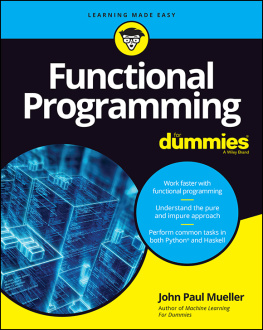
![Will Kurt [Will Kurt] - Get Programming with Haskell](/uploads/posts/book/116897/thumbs/will-kurt-will-kurt-get-programming-with-haskell.jpg)
